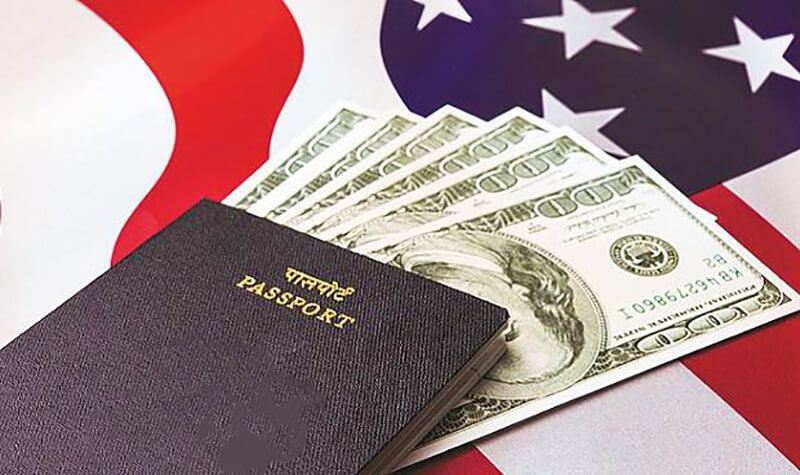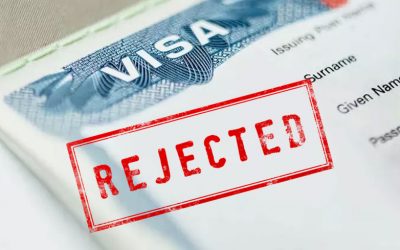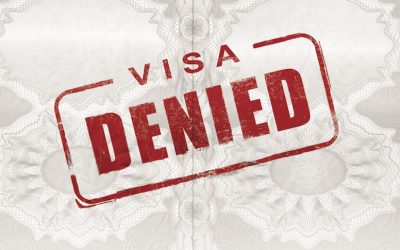Why the US Needs More of India’s and China’s Best and Brightest?
H-1B visa which allows the immigrants to temporarily work and stay in the US is a highly debated visa. Many immigrants aspire for this visa to immigrate to the US. In recent years, this program has come under threat from the Donald Trump Administration.
Does the H-1B Visa Affect the Native Workers?
A major issue concerning this visa is that giving out H-1B visas to immigrants hurts the employment levels of native workers. But, many studies have found that this is not the case.
Most of the H-1B visas sought by the Indian applicants are in the field of technology. They aim at working in Silicon Valley. The US has a strict immigration system and so they select very few employs to work in these sectors. Other sectors take an even lesser number of immigrants. So, the employment levels of native-born workers are safe and secure.
Is the H-1B Visa a Permanent Visa?
No, the H-1B visa allows you to work for up to 6 months in the US. It acts as a trial period for high-skilled immigrants. You get to establish yourself and apply for a permanent residence.
Why does the US Need More of H-1B Visa Migrants?
It is a well-known fact that the Indian and Chinese migrants contribute highly to the US economy.
They help in giving rise to patent attributes. The patents with the Anglo-Saxon names do not fall by this. (2010 study by economists William Kerr and William Lincoln).
It has also been shown that companies that win the H-1B visa lottery tend to get higher venture capital funding, produce more patents, and are more successful. (Study Paper by economists Stephen Dimmock, Jiekun Huang, and Scott Weisbenner).
Do the H-1B Visa Employees Help the Natives?
Yes. Many studies show that H-1B visa workers tend to help the natives. Allowing more H-1B visa workers raises the wages of native workers who are highly skilled. It doesn’t hurt their employment levels. This is due to a phenomenon called the cluster effect.
The more H-1B visa workers move to a city, the more the tech companies locate their offices and research facilities in that city. It raises local productivity and brings a rise in wages.
Should the US welcome more H-1B visa workers?
US productivity growth and business formation are low. At such a time it needs to welcome the H-1B visa workers who bring in innovation to these companies.
The H-1B visa cap fell from 200K applicants to 85K applicants. It hasn’t been raised ever since.
Trump Policy in Action
The denial rates of the H-1B visa applications are continuously rising. Donald Trump has openly stated his views on immigrants. The denial rate rose from 10% in 2016 to 30% in 2019. The cap of 85K is being met each year as the applications are on the rise and many of the denials are overruled. But the Trump Administration is trying to reduce the inflow of the skilled workers.
Why the Hostility?
The opinion polls conducted in the US show overwhelming support for immigration. But the hostility may have something to do with the race of immigrants. China and India together constitute more than 85% of the total H-1B visa petitions. The concern is that most of the visas go to outsourcing companies who add little to American innovation. H-1B program has a link to indentured servitude. The US companies employ foreign workers to hold down the pay.
The workers accept less pay compared to their foreign counterparts as they fear that they will be forced to leave the country and so are unable to change jobs.
Is the Criticism Valid?
No. There had been a change in the H-1B visa law in the year 2000. H-1B visa workers can change companies and start working before the paperwork is done.
They also get to stay for 60 days to find a new job in case they are laid off.
You may also like,
Top 10 USA Visa Myths Busted (2020 Edition)







